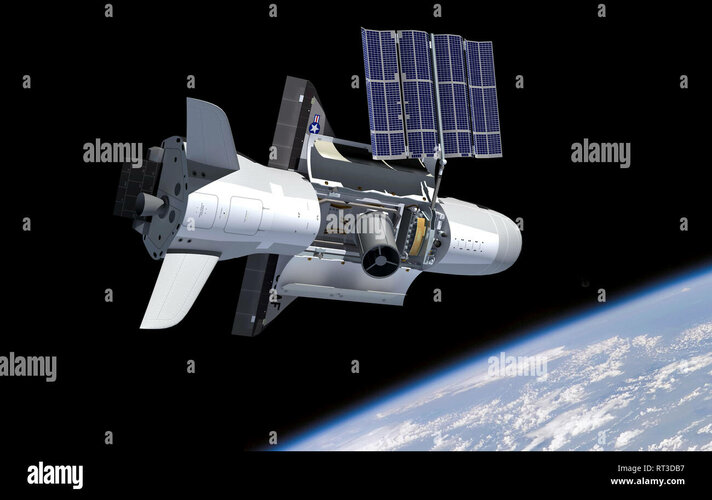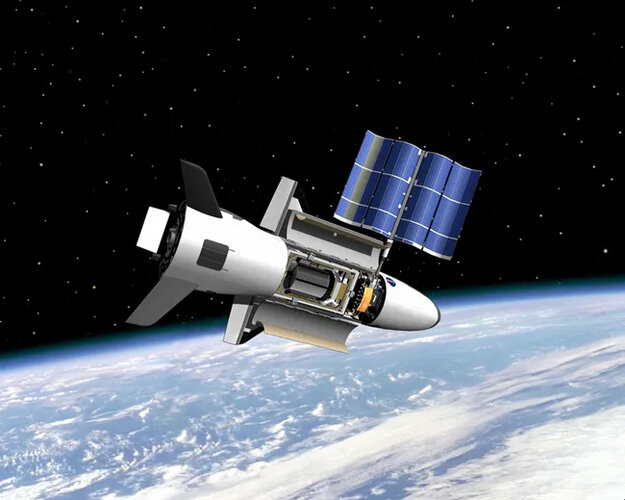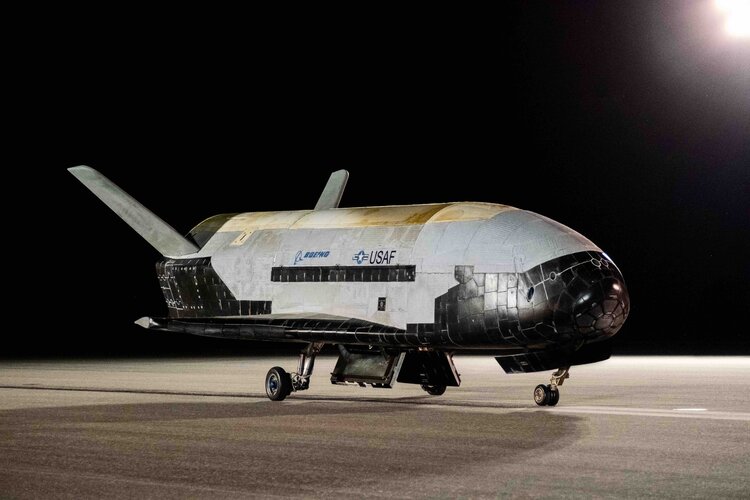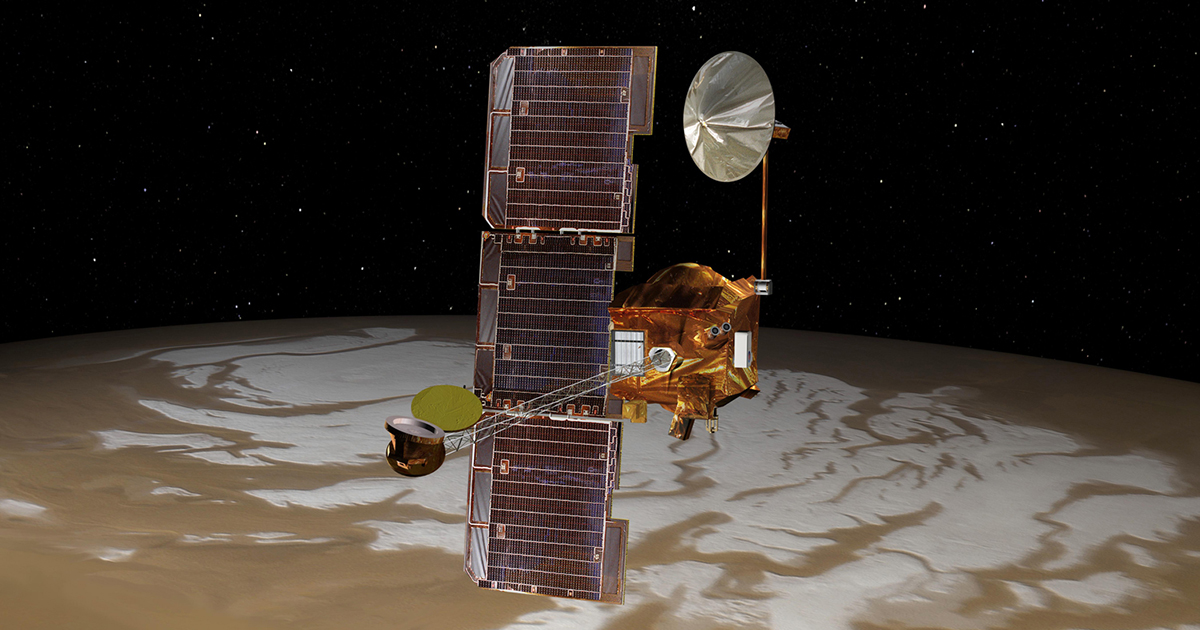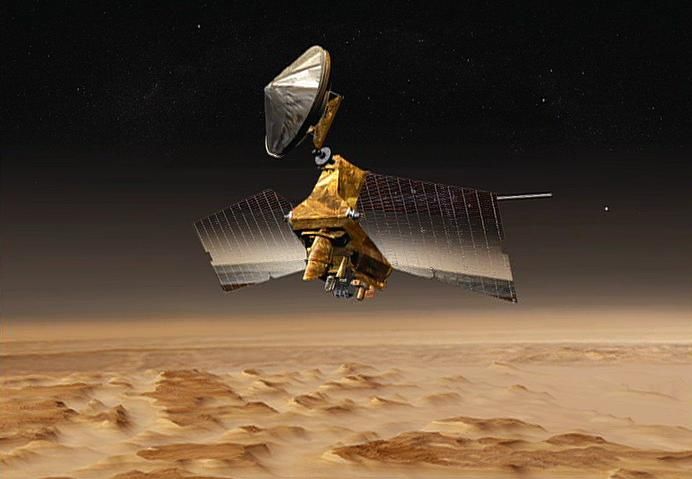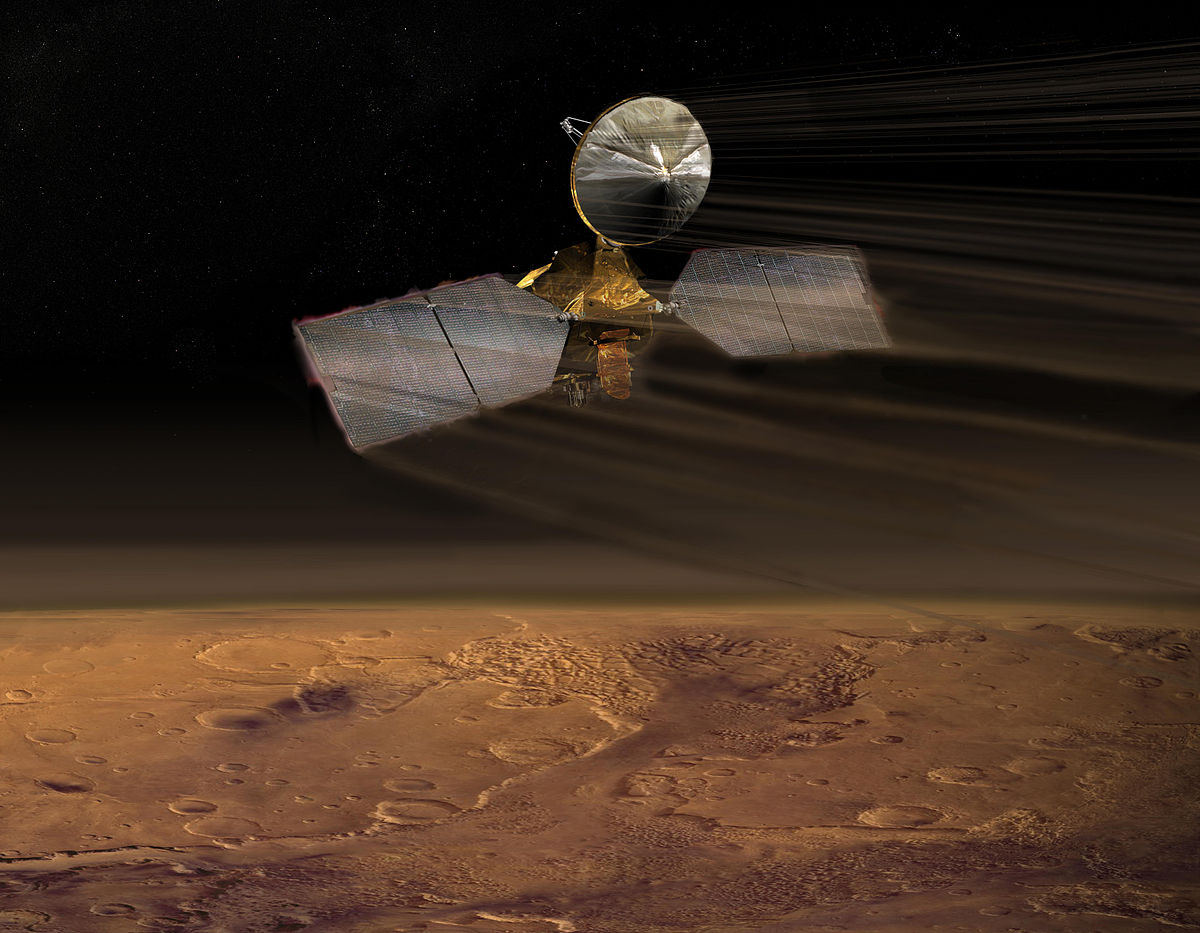<---- NSF poster
I thought there would be no space as it’s using the normal payload shroud and it already has the X-37B & service module stacked in there. But apparently according to the posters over on NSF there is space for another payload in there.

